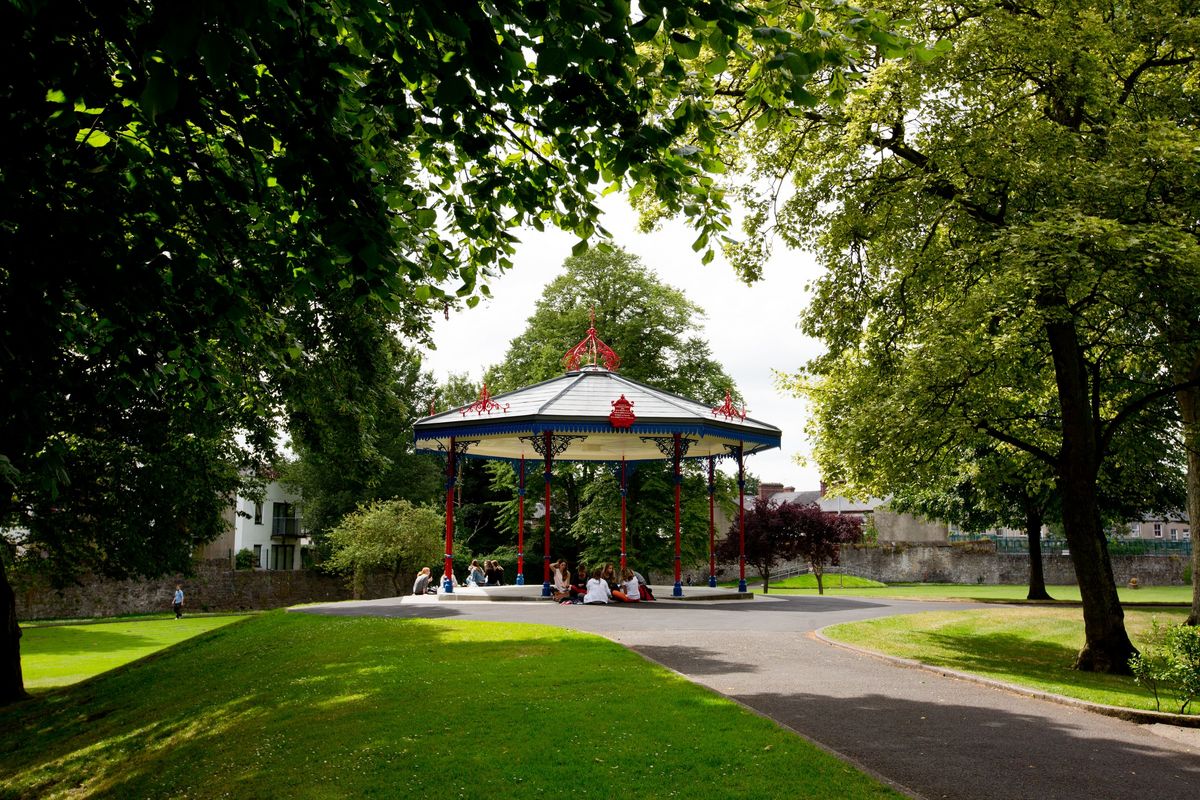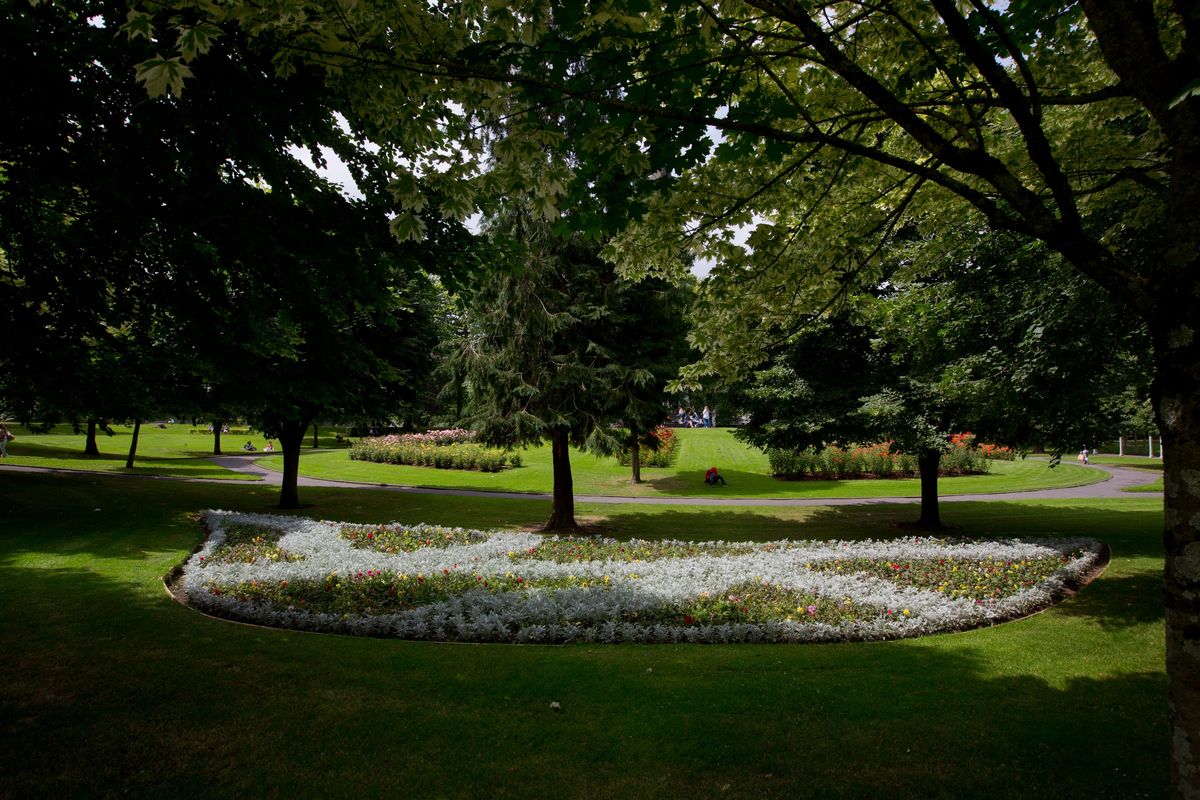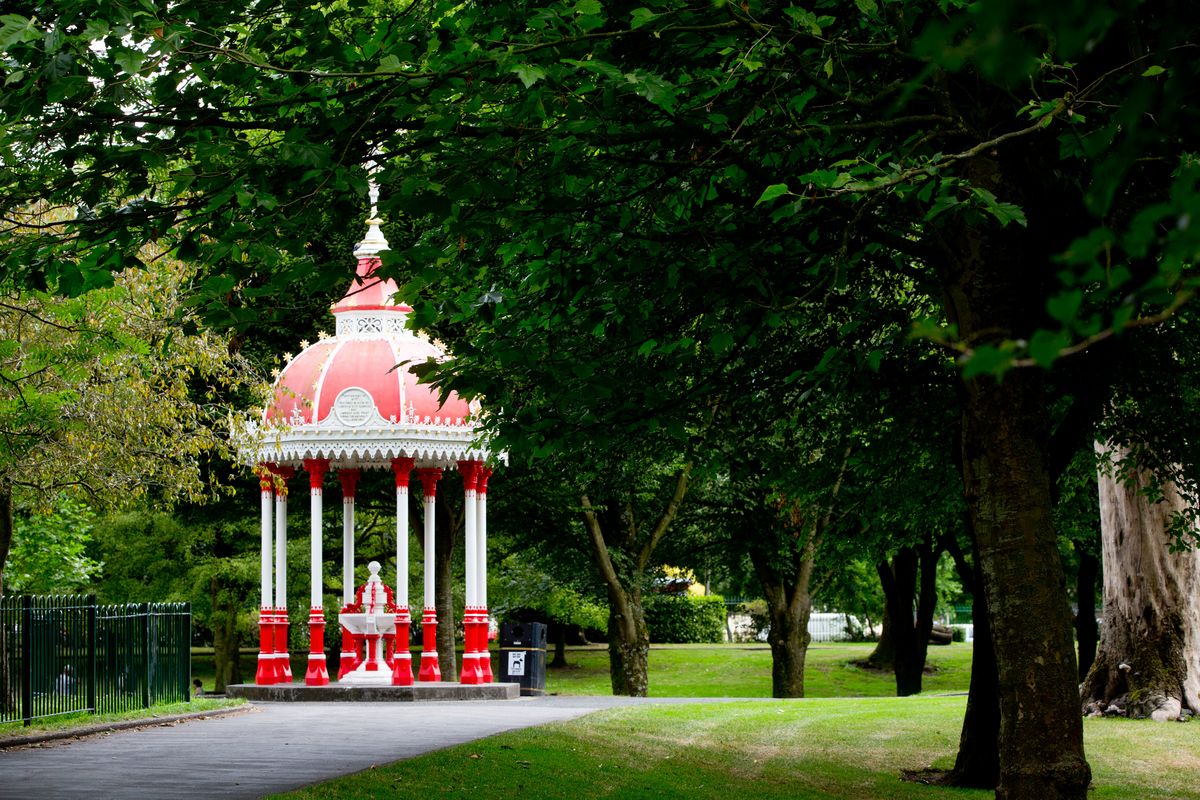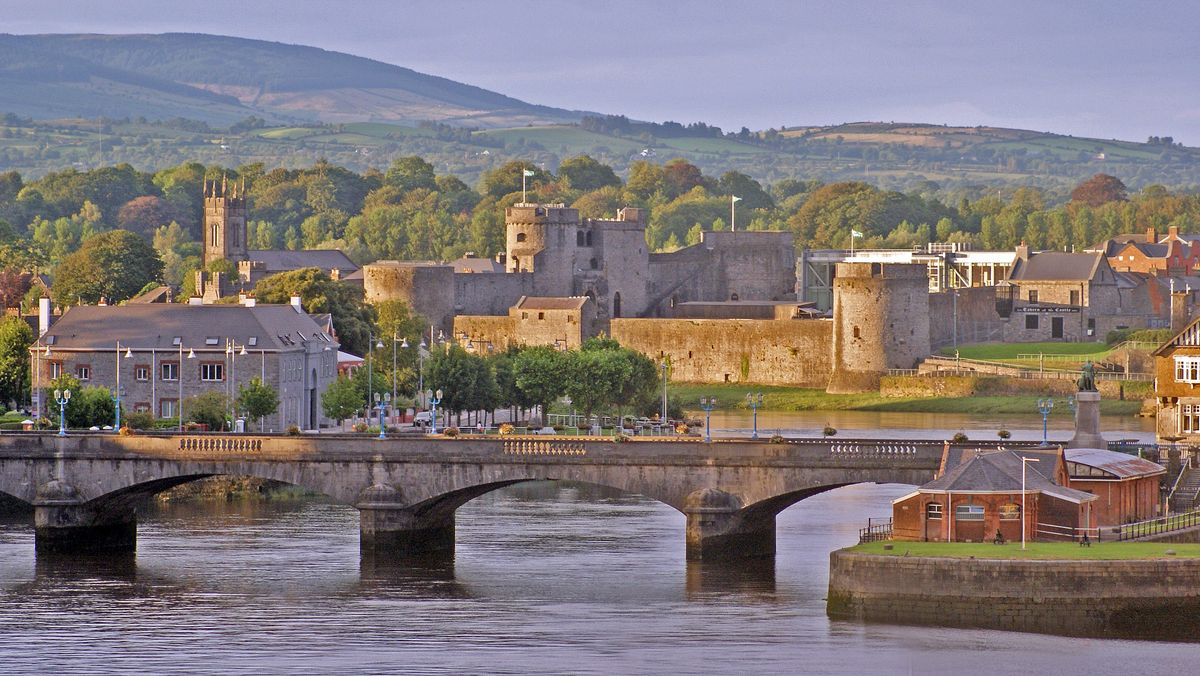Limerick, Ireland
POPULATION: 94 192
Awarded the UNESCO Learning City and European Green Leaf (2020), Limerick is the third largest city in the Republic of Ireland, located 200 km from Dublin. It is situated approximately 60km inland from the Atlantic Ocean at the head of the broad river Shannon estuary. The city dates back to at least the Viking settlement in 812 at the head of the river Shannon and river Abbey. As a medieval city, Limerick was a fortified town dominated by its castle and associated fortifications. Later on, in the 18th century Limerick was extended to the south in the style of a formally ‘planned’ town as it prospered through trade. This area now represents the current day central business district and is characterised by the red brick buildings typical of the Georgian period.
Limerick's climate is classified as temperate ‐ being a mild climate with an annual average rain fall of 927mm, and an average temperature of 10°C. The urban green space per capita with 73 m2is above the ideal WHO value (50 m²) and exceeds by far the European average (18,2 m²). The three largest economic sectors in Limerick are wholesale and retail trade, construction, and professional, scientific and technical activities. In terms of employment, the key sectors are human health and social work.


Green, accessible and multi-functional routes to link up natural habitats
Limerick City’s main areas of natural habitats containing significant biodiversity are based around a large network of rivers, including the River Shannon, the Abbey River and the Ballynaclough River with associated wetlands, grasslands and established woodlands.
While a rich network of greenspaces and habitats is in place, there is potential to further enhance the value and quality of these areas by creating strong, multifunctional linkages between them, in keeping with the principles of European Green Infrastructure Strategy.
As part of its GoGreenRoutes intervention, Limerick is updating the Castletroy Greenway, a popular cycling path in the city, providing connectivity between secondary and primary schools in the area. Apart from using the greenway daily for leisure, residents are also interested in growing native species along the path as a way to both promote ecological biodiversity as well as increase the enjoyment and wellbeing for users.
As a part of revitalising the Castleroy Greenway, Limerick will focus on a spot along the naturewalk to provide a more accessible area of rest for citizens and a place for children to engage in natural play. Natural materials such as local wood will be used to create seating, and plans for a rain garden and insect hotel are underway.
Since intervention planning, Limerick has already reported a striking increase in usage of the Greenway, to the extent that a local primary school identified the need to extend the path to allow more users.
Such linkages, if properly planned and implemented, can provide a range of ecosystem services including: creating ecological corridors for wildlife movement; providing active travel routes and encouraging healthier lifestyles; improving wellbeing through contact with nature; improving air quality and even reducing flood risk where Sustainable Urban Drainage features are included.
Off-road active travel route
The creation of the attractive, safe off-road active travel route in Limerick is a focus area of the project as it provides a major contribution to long-term sustainability.
Surface water could be an issue along the newly established greenway and nature-based solutions such as Sustainable Urban Drainage Systems can significantly reduce this problem. SUDs can also contribute to biodiversity, ecological connectivity and place making.
Noise is responsible for the second biggest burden of disease due to environmental factors after air pollution. Identifying and protecting tranquil areas along the greenway, where the public can take respite, has a very positive impact on public health.
While air quality in Limerick is generally good, there are areas which require further action. Increasing tree canopy cover or creating vegetative barriers along the greenway can reduce particulate pollution significantly, while contributing to biodiversity, control of storm runoff and place making.



Limerick - Local Task Force Led Innovation
Introduction: A Temporary Innovation System (TIS) is a framework that temporarily combines stakeholders and funding streams to tackle a persistent social problem, through a period of development and proof of concept. The aim of a TIS is to facilitate innovation in an inclusive manner.

In Go Green Routes, we wanted to consider whether the application of Temporary Innovation Systems in each Cultivating City would support the delivery of the GGR NbS. While the Local Task Force for the GGR Intervention in Limerick was extremely active and is a model that could be replicated in other areas of the city. With city wide societal challenges to be addressed and specific local objectives for each intervention,as well as an excellent local facilitator on the GGR project team, Limerick displayed potential and could consider implementing a Temporary Innovation System for future projects.

Societal Challenge Faced: Promotion of active travel to reduce the co-hazards of noise and air pollution in the castletroy area of the city.
Task Force Objective: The Local Task Force was established solely for the GGR NBS intervention. It was very project focussed, active and involved in the many community initiatives during the seedbed and NBS phase of planning and development.
Task Force Composition: The strong community focus of the LTF served to ensure the success of and involvement of volunteers for events like Tree Planting Workshops and the Bioblitz.
From Concept to Delivery
Community Participation - building a bug hotel at the seedbed workshop in Limerick. Photo Credit: City of Limerick

Community Tree Planting during Greenway Construction Photo Credit: Alan Place

Commuting to school along the Greenway. Photo Credit: Tadhg MacIntyre

City Initiatives
- Wonderful tour for flower lovers: Virtual Guided Tour Of Corbally Pollinator Meadow
- Limerick City Council is an ally to mental health awareness having hosted the 2021 Limerick Mental Health Week.
- See how the Health&Greenspace Urbact promotes health responsiveness planning and urban green infrastructure for well-being across Europe.
- Friends of biodiversity, Limerick encourages citizens to let local lawns grow out with their project: Don’t Mow Let It Grow
- Interested in bird watching? Coonagh Wetlands is a great place to start!
GET IN TOUCH
Carmel Lynch, EU project officer sarah.omalley@limerick.ie
Limerick Council Twitter account
Limerick Council website

